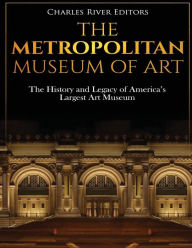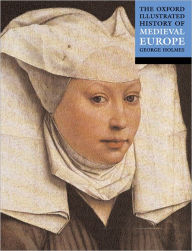Art in NYC: The Colmar Treasure at the Met Cloisters
A Medieval Jewish Legacy, the Colmar Treasure exhibition highlights the tragedy of persecution by featuring the art and jewels hidden away around 1349 by a Jewish family from Colmar in Alsace (France)
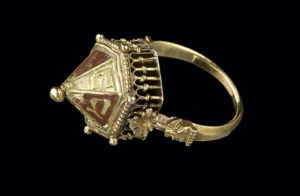
The Met Cloisters presents the precious objects of Colmar Treasure from Musee de Cluny in Paris alongside the Judaica from its collection and the private funds. The Cloisters are situated in a picturesque medieval castle surrounded by the lush greenery of Fort Tryon Park, which overlooks the sprawling Hudson River. The exhibition is curated by Barbara Drake Boehm, the Paul and Jill Ruddock Senior Curator, Department of Medieval Art and The Cloisters.
Colmar, a town in the modern-day Alsace region of France, was part of the Holy Roman Empire in the 14-century and traded hands between Germany and France up until World War I. A fast-growing and wealthy wine region, the town was a home for a thriving Jewish community that built a synagogue, a mikveh, and a school there.
The Colmar Treasure was accidentally discovered on Rue de Jiefs in 1863 during the construction of a confectionary shop. First kept in the private hands, in 1923 it was acquired by Musee de Cluny in Paris. While personal and small in its size, the stash of rings, coins, delicate silver belt, and appliqué, and the rest of the decorative objects discovered in Colmar presents a cautionary tale of hope, intolerance, tragedy, and societal betrayal in medieval Europe. The collection serves as a cautionary reminder of the past tragic mistakes driven by intolerance and mistrust.
Visit the exhibition, stroll the Cloisters, and admire the art that celebrates piety, devotion, sacrifice, and mercy. The Colmar Treasure occupies only one small hall of the museum but it tells a profound story. On view from July 22, 2019 – January 12, 2020.
Stay in the know about future events and offers by subscribing to ARTS-NY newsletter Subscribe
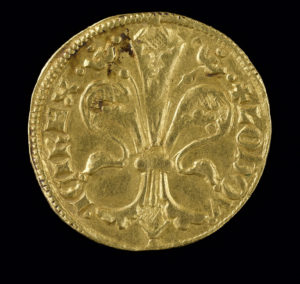
Paris, musée national du Moyen Âge – Thermes de Cluny
The most significant piece of art in the Colmar Treasure is a rare Jewish ceremonial wedding ring decorated with a miniature dome of the lost Temple of Jerusalem and spelling out in Hebrew letters Mazel Tov for good luck to the newlywed. In the exhibition, it is complemented with another example of goldsmith’s mastery from the mid-14th century of a different gold ring from a private collection. The find from Colmar also includes a stash of silver coins minted in France in the early to the mid-14th century with one gold florin from Hungary which was probably put aside as a “golden penny”, a tax imposed on Jews by the Holy Roman Emperor. Decorative rings, a bejeweled brooch, elaborate elements of a silver belt, and other silver personal objects are all pointing to come from the same family possession. The trove was likely secured to be used for a cash payment that year but had never come to be realized.
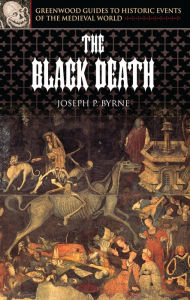
Europe was struck by a devastating plague in 1348-1351 which wiped out between one third to one half of its population killing old and young, rich and poor, Christians and Jews. The Jewish community of Colmar was scapegoated as perpetrators of the Black Death pandemic by poisoning the wells and was put to death. More numerous pogroms were recorded in a neighboring Strasbourg and other European towns in total devastating 300 communities. Jews were expelled from the cities such as Strasbourg and were forbidden to settle in there until the French Revolution.
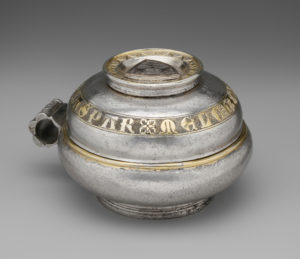
In 1863, at the construction site of a confectionary shop, the workers discovered a box full of coins, rings, and small personal items. The only clue pointing to the fact that the hide had Jewish connection was in the ring decorated with the Hebrew letters. The treasure was kept in the private hands until 1923 when it was included in the collection of Musee de Cluny in Paris.
At first the objects from the treasure were misidentified and dated to the 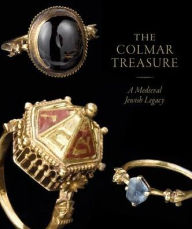 mid-16th century, however later following more comprehensive research, the treasure was recognized as a much older find. The attribution to the mid-14th century was supported by the archeological excavations from the
mid-16th century, however later following more comprehensive research, the treasure was recognized as a much older find. The attribution to the mid-14th century was supported by the archeological excavations from the
same era found in the Jewish Quarter in Erfurt, Germany as well as the
study of the goldsmith technique from that period. A pair of Erfurt’s silver wine cups (Hacaps) with the names of the Magis encircling the top is presented in the exhibition. At the time it was customary in Jewish and Christian tradition to refer to the names of the Three Magi for good health.
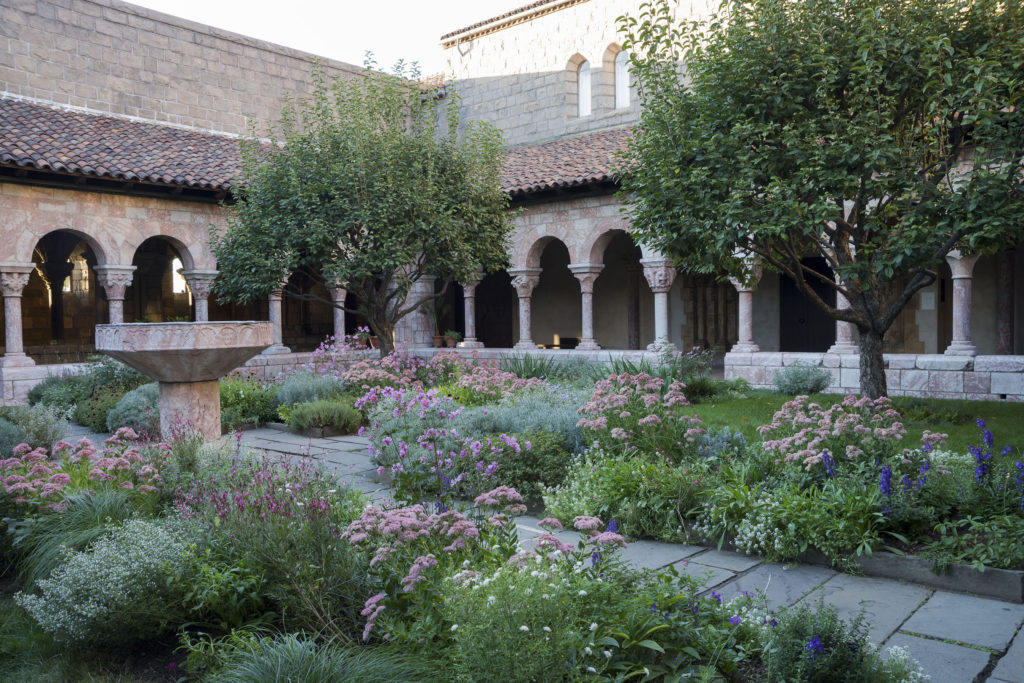
Exhibiting the Colmar Treasure at The Met Cloisters which represents the medieval world to the American public has a particular significance. The curators stress that medieval Europe was far from cultural and religious monolith. As such it was home to impactful and colorful Jewish communities. Presenting the Jewish art and its history which expires the disaster from 500 years ago makes a bold and encouraging statement. While poignant and low key, the exhibition unmistakably calls for tolerance and acceptance of differences.
A branch of The Metropolitan Museum of Art, The Met Cloisters enfolds key elements from historic medieval buildings into its walls, especially open-air arcaded cloisters with inventive carving andimposing sculpted doorways. The Museum’s chapel-like spaces, high ramparts, and portcullis, along with commanding views over the Hudson River, all contribute to the extraordinary ambiance. The Colmar Treasure exhibition is on view from July 22, 2019 – January 12, 2020.
Stay in the know about future events and offers by subscribing to ARTS-NY newsletter Subscribe
Date: July 22, 2019 – January 12, 2020
Venue: The Met Cloisters, 99 Margaret Corbin Dr, New York, NY 10040
